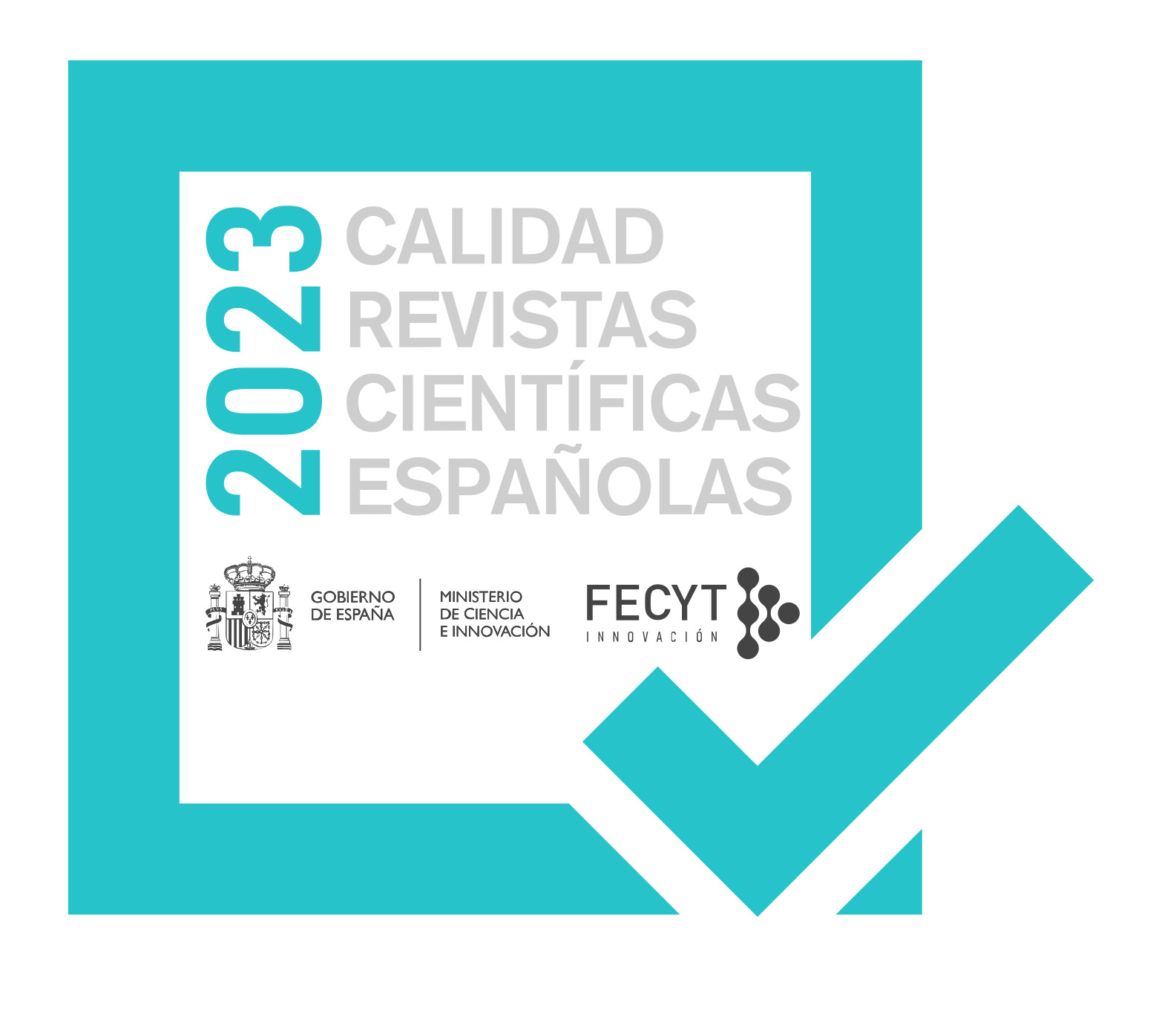Orthodox Cosmology and Cosmography
The Iconographic Mandorla as Imago Mundi
Abstract
Orthodox iconography is focused on the idea of representing the cosmos, the essence of God’s creatio ex nihilo, thus serving as a visual cosmology and thence - as a cosmography of all being. Icons depict the image of the archetypal world in its integrity, unachievable for the limited human abilities, and are ontologically inseparable from this archetype. Therefore, iconography has been always related with the idea of representing the world trough symbolic images. In this context, it becomes a visual cosmology, and hence - a kind of cosmography of all being. Although not identical to cartography, Orthodox iconography creates symbolic images that can be interpreted as an image of the whole world – oikoumene. One particular example in this respect relates with the semantics and usage of mandorla symbol. In the Orthodox iconography, the mandorla has its function as a vision of Divine. It can be called even Imago Dei, expressing the invisible to the eyes and incomprehensible to the mind essence of God. However, in a number of iconographic scenes the image of God is related theologically and artistically with the cosmological perceptions of Christianity about the theocentricity of cosmos. Thus, mandorla as Imago Dei often plays the role of a symbolic Imago Mundi.
Downloads
Article download
License
In order to support the global exchange of knowledge, the journal Eikon Imago is allowing unrestricted access to its content as from its publication in this electronic edition, and as such it is an open-access journal. The originals published in this journal are the property of the Complutense University of Madrid and any reproduction thereof in full or in part must cite the source. All content is distributed under a Creative Commons Attribution 4.0 use and distribution licence (CC BY 4.0). This circumstance must be expressly stated in these terms where necessary. You can view the summary and the complete legal text of the licence.











